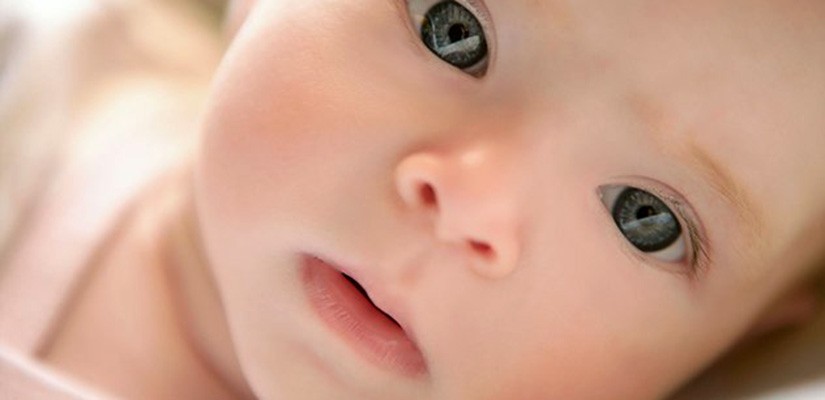
What are Cleft Lips and Palates?
Cleft Lip and Palate are the most common congenital malformation after the conjoined finger anomaly. Cleft lip and palate can occur together or separately. Factors include familial factors, medications used during pregnancy, exposure to radiation and exposure to virus infections in the first months of pregnancy. If one of the family members has cleft lip or palate, the probability of the disease occurring in the newborn increases significantly.
How Do Cleft Lips Occur?
Cleft Lip may be in the form of a small notch on the upper lip or, in its most advanced form, a full cleft extending from the lip into the nose. Complete cleft lips are often accompanied by a cleft in the front part of the upper jaw, and the nose shape is often distorted. Cleft lip can be unilateral or bilateral. Having a double-sided cleft will increase the problem. There are no feeding problems in children born with cleft lip. In very wide cleft lips, problems may occur in breast latching and sucking. This problem can be solved by feeding with a spoon or a spouted bottle. Patients with cleft lip usually undergo surgery when they are 3-4 months old. If the child's development is sufficient (usually it is desired to weigh over 5 kilograms). If there is no other accompanying disease or if this disease does not prevent surgery and the blood count is good, the patient can be operated on.
How Do Cleft Palates Occur?

Cleft Palate and Cleft Lip are treated separately, even if they occur together. Sucking problems may occur in children with cleft palate. This can be eliminated by using a spouted bottle or starting with a spoon. Additionally, thanks to the plaques placed on the palate, children can perform the sucking function. Plates placed on the palate have a special importance in the development and shaping of the palate. Like cleft lip, cleft palate may be complete or partial, unilateral or bilateral. In cases of cleft palate, surgery too early is avoided because surgery performed too early may adversely affect bone development. These surgeries must be completed before the age of speech begins. For this reason, surgery can be performed after the 6th month for clefts of the soft palate that do not involve the bone structure, while for complete clefts of the palate, this period increases up to 1.5 years of age.
Nasal correction surgeries can be performed between the ages of 2 and 6 for severe cleft lips that disrupt the nose structure. Despite everything, some surgeries are postponed until after the age of 18 in order not to disrupt bone and cartilage development in these patients with severe problems.






